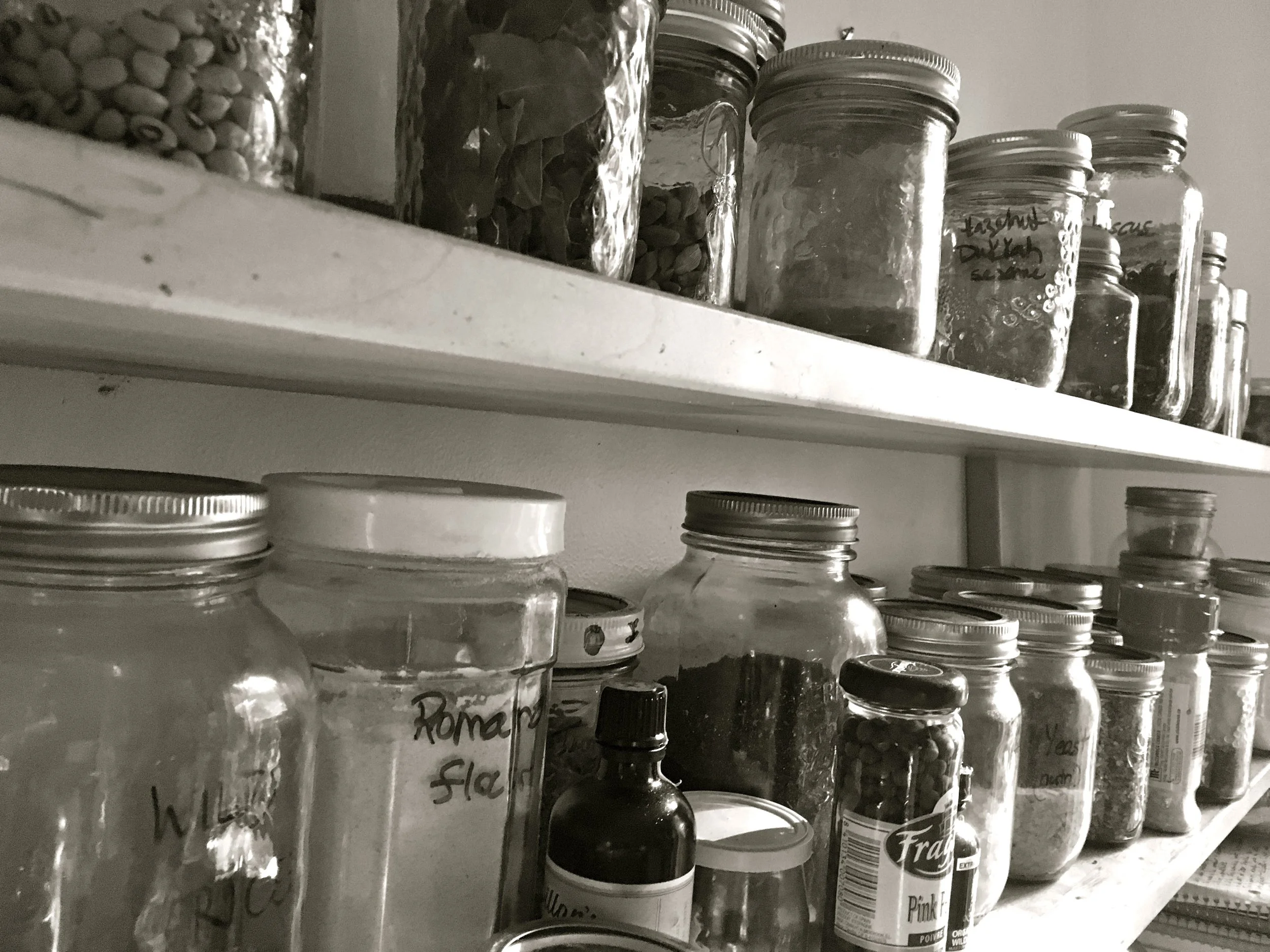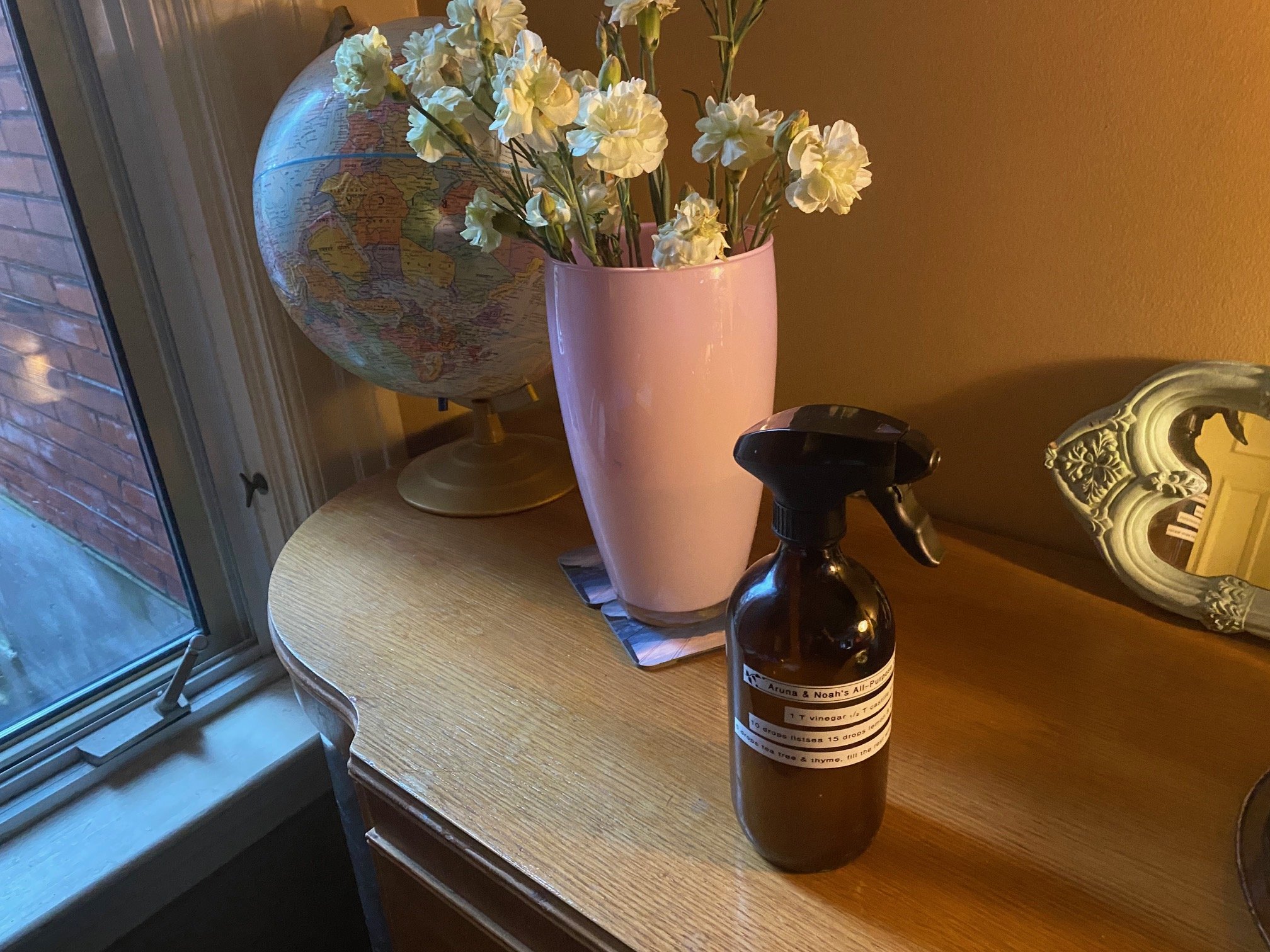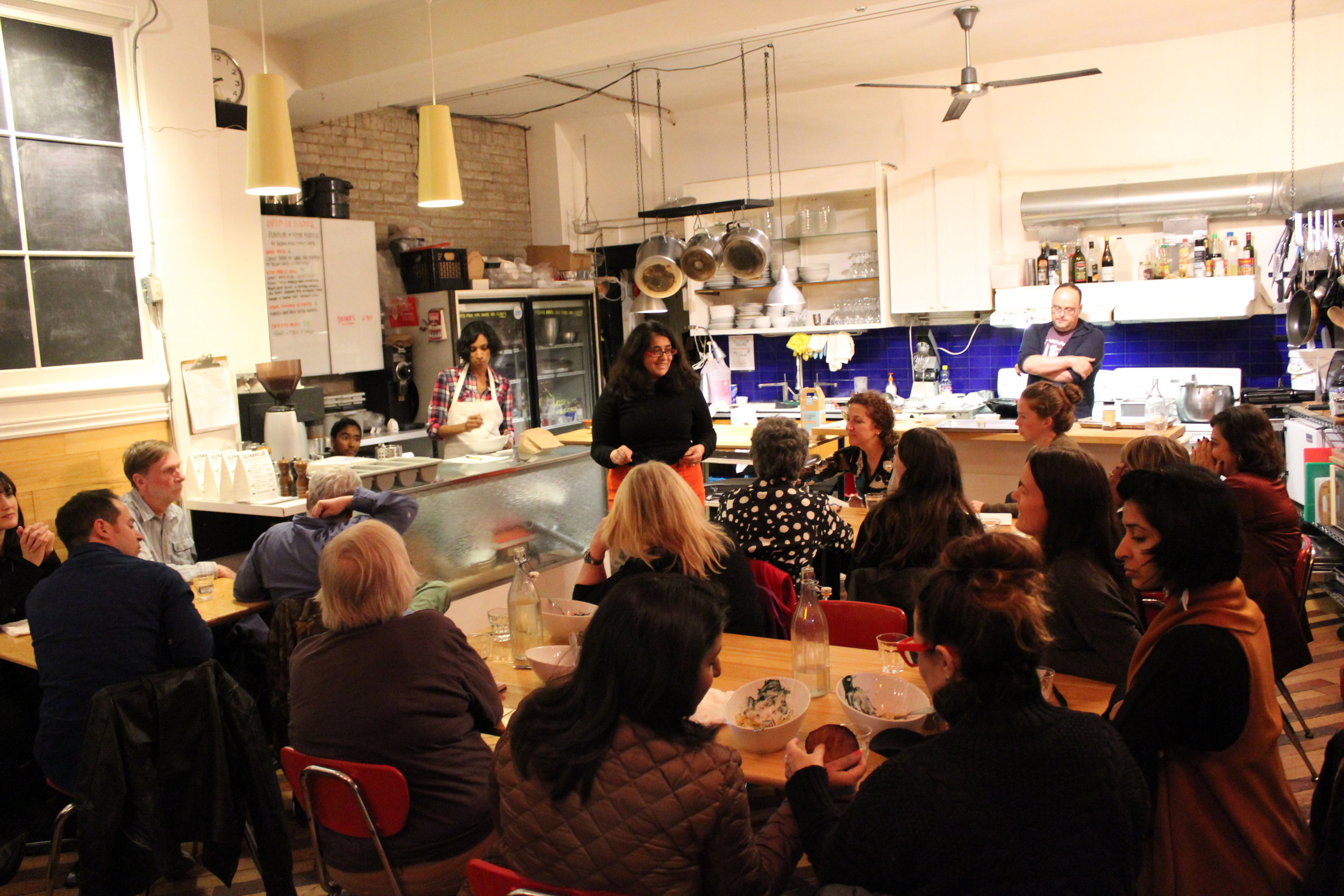Thank you to all the CBC listeners who wrote me to ask for the household cleaning recipes. I have tried a lot of different approaches and here are my go-to solutions. These are ecologically sound as well as being easy on the household budget and super convenient. If you have other tips, I’d be happy to post them and credit you for them. I feel like the more we share our solutions the more we can mitigate the worse effects of the climate emergency.
Laundry detergent
Sheets (Cheaper than most) I pay $12 for 32 loads.
Tried to make my own. Disaster.
Found laundry detergent sheets, and I am a huge fan. I’ve tried two brands: Tru Earth and Nature Clean. Liked them both. I get mine delivered in the post every two months. They come in a cardboard envelope, so the packaging is minimal. They are light, easy to use and come in scented as well as unscented. A real win win. Noticed these were cheaper in Vancouver, where they may be more ecologically minded than we are in the Big Smoke.
Dish detergent
Two solutions. The dish detergent soap bar. I can’t always find it, so when I cannot, I got to Karma, my local food co-op and I bring my jars and fill them up to tide me over until I can find the bar again.
All purpose general household cleaner
For this recipe I have my very good friend, Shelina Knight, to thank. She sent me a beautiful brown glass bottle with a spray nozzle, a small box of essential oils and the recipe attached to the bottle. I use it for windows and mirrors, for ceramic cook tops and counter tops, for lamps and doorknobs. In short, just about everywhere. I even will use it on wood, as long as I have a lovely soft cloth at the ready to rub and polish.
In a one litre bottle, with a spray nozzle top, add:
1 T white vinegar
1/2 T castille soap or dish detergent
and the following essential oils:
10 drops litsea
15 drops lemon
15 drops eucalyptus
5 drops tea tree oil
5 drops thyme oil
Fill the bottle up with warm water. Close it. Shake it and you’re ready to go! Lasts a good long while. I use a spritz or two and then wipe.
Cleaning the Floors
Fill the bucket just a third of the way up. Add:
2 T vinegar
5 drops rosemary oil
a drop or two of dish detergent or castile soap. (I use Dr. Bronner’s unscented.)
Mop away!
Dish detergent
I try to find dish detergent bars. Not always easy. If I cannot find them, I go to my local food coop or health food shop and fill my own container with liquid dish soap.
Hand washing detergent
I like to use dish detergent. A little goes a long way, so be stingy. I wash my hand washing in a repurposed salad spinner. That way I can gently spin the items without having to wring them.
Sponges, brushes, mops and cloths.
I use a wooden brush with a replaceable head for my dishes. I also have a cloth dishcloth about the size of a facecloth but a little more abrasive. I also use steel wool for stubborn burned on gunk. My kitchen cloths go in the laundry when dirty. They are blue. I have red ones for the bathroom. I have between 5 and 10 of them, so I never run out of a clean cloth. I used to buy disposable ones. I don’t anymore. I have a sponge that I use to clean the bath tub and I use a firm brush and even old toothbrushes to clean the tiles and grout in the shower.
Hand sanitizer
Alcohol (70%) and your favourite essential oil. Keep in a small spritzer bottle in the entrance way and in your purse or backpack. (Recipe sent in by Paula Violi of Vancouver—Thanks, Paula)
Window cleaning cloths
This suggestion came from a listener, Brad Johnson, who wrote to recommend E-cloth. Brad writes:
"E-Cloth. It’s two cloths. One you wet with water to clean the window and the other one is the drying and polishing cloth. Nothing else. I’ve used this on my car windows, mirrors, house windows and it is AMAZING. There is nothing like sparkling clean windows.”
Thanks for the recommendation, Brad!



















